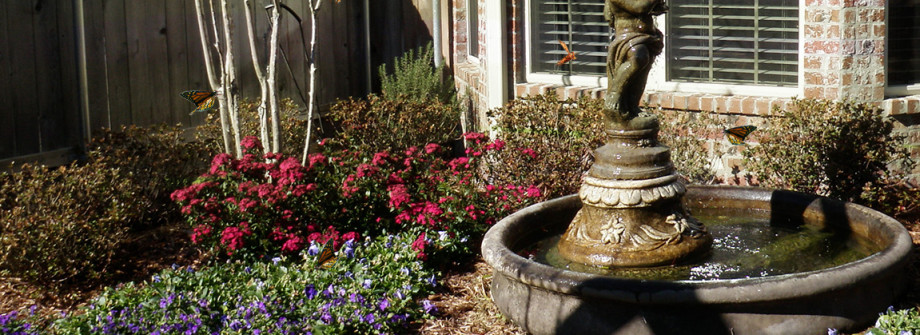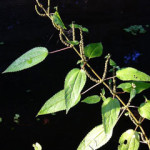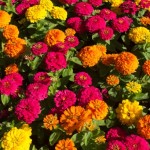Often viewed as a symbol of resurrection and renewal, butterflies are a sure sign summer is on its way. In south Louisiana, we have approximately 55 species of indigenous butterflies, bumblebees, honeybees, ladybugs, as well as 12 species of hummingbirds. Pollinators are biotic agents, like bees, butterflies and certain birds, that move pollen from male to female parts of flowers. They are responsible for assisting over 80% of the world’s flowering plants and play a crucial role in the ecosystem. Without them, food would be very scarce!
Why not build a garden to invite these important colorful pollinators to your yard?
Size does not matter.
Your garden can take up the entire yard or can be as small as a window box or few containers. The most important thing is to choose a mix of native annuals and perennials that bloom in succession and include plants like, dill or milkweed, for butterfly larvae to feed from. You would be surprised how just a few small spaces in the neighborhood can be enough to reestablish healthy populations of pollinators.
Go Organic!
Even the pesticides labeled “organic” are harmful to butterflies, honeybees and other helpful organisms. Choose natural ways to combat pests so you do not disrupt the delicate balance of your pollinator friendly garden.
Provide shelter.
Bees, butterflies, hummingbirds and other pollinators need shelter from elements, predators and a place to raise young. You can go natural by allowing some of the garden or shrubs to grow wild. Leaving lawn clippings or dead trees to decompose in the sun to give solitary bees, butterflies and caterpillars tons of nooks and crannies to hide. Artificial nesting boxes can offer shelter for bees and butterflies, too.
Provide food and water.
The flowers in your garden will provide pollen and nectar for bees, butterflies and other insects. Pay special attention to the types of caterpillar host plants you include (without caterpillars, you have no butterflies). Including some sort of vine legume (peas, beans), wisteria or hog peanut will give butterflies a place to lay eggs and somewhere for caterpillars to feed and eventually cocoon. You may want to add a few specialty feeders to your garden for hummingbirds. Bees, birds and butterflies need water, too. Install a water feature, birdbath or catch basin to collect rainfall.
We chose 5 of our favorite native flowers and plants for your Pollinator Garden; click on the photo for planting and care information.
- Indian Hawthorn
- False Nettle
- Louisiana Sage
- Pot Marigold
- Zinnias
Helpful Resources for your Pollinator Garden:
- http://www.xerces.org/pollinator-conservation/
- http://www.pfaf.org/user/default.aspx
- http://www.xerces.org/bringbackthepollinators/
Exterior Designs offers landscaping tips to encourage you to get outdoors! Subscribe to our newsletter for more landscaping ideas and tips to improve your outdoor space.






